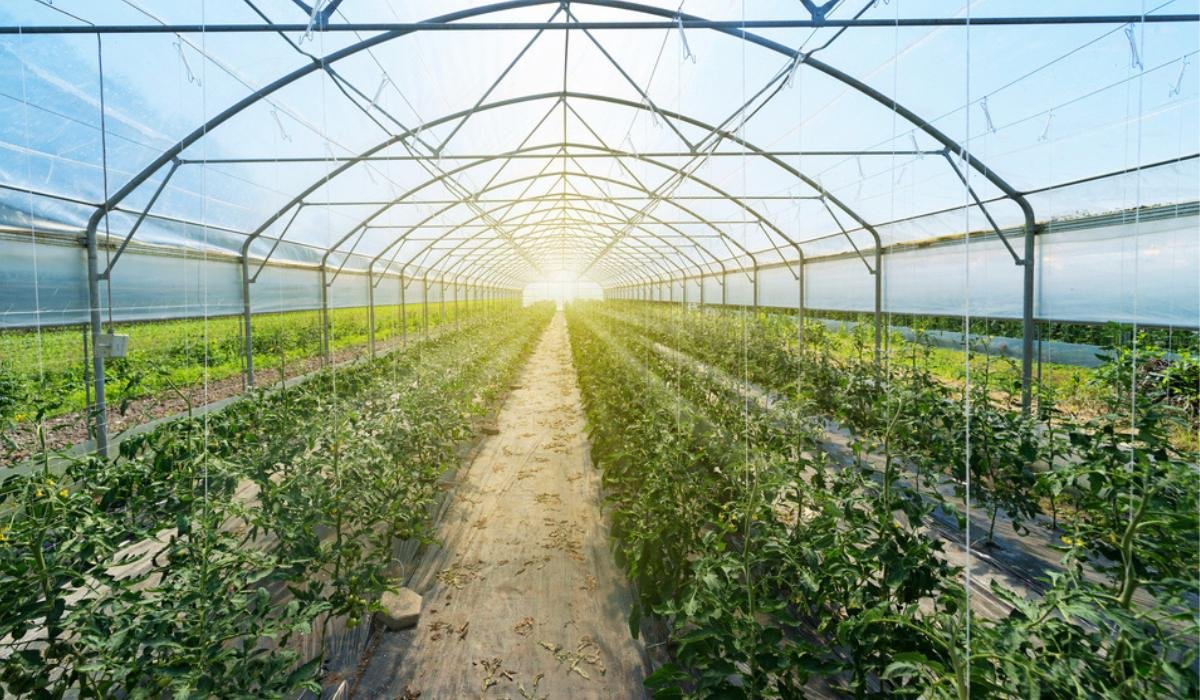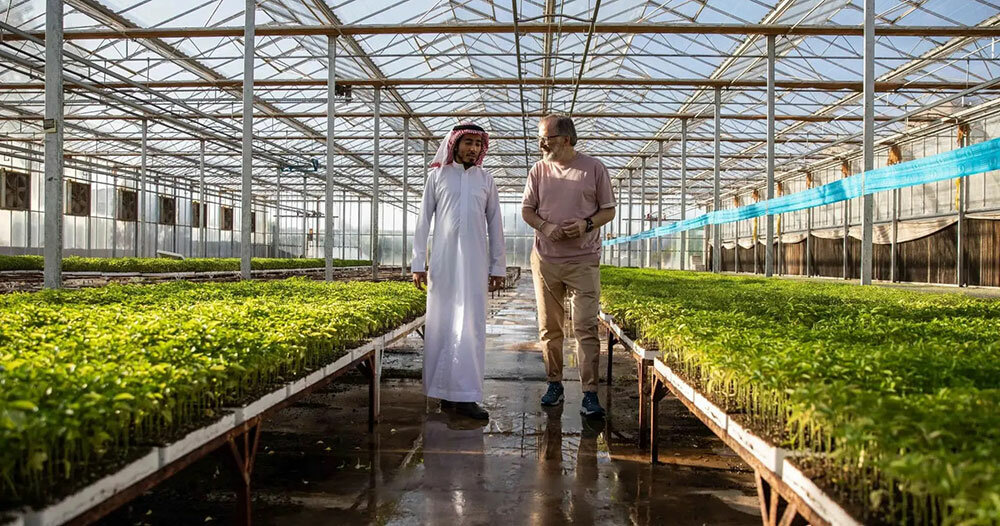Cultivating Quality: Monarch Greenhouse Construction Utah Best
Wiki Article
The Future of Greenhouses: Technologies in Sustainable Farming
Are you interested about the future of greenhouses and exactly how they are revolutionizing lasting farming? Look no more! In this article, we will discover the exciting innovations that are paving the way for a greener and more efficient farming sector. From advanced climate control systems to upright farming methods, water-efficient irrigation methods, renewable resource integration, and smart data analytics, these advancements are changing the means we expand our food. Obtain ready to uncover the future of lasting farming in greenhouses!Advanced Environment Control Solution
To achieve optimal growing conditions, you can depend on the advancements in greenhouses with sophisticated environment control systems. These systems have actually transformed the method we grow plants, giving a controlled environment that contributes to plant growth. With these ingenious systems, you can currently adjust temperature, moisture, light degrees, and even CO2 focus to produce the perfect problems for your plants to thrive.One of the vital attributes of these innovative climate control systems is their capacity to regulate temperature. By using sensing units and automated controls, the greenhouse can adjust the temperature based upon the particular demands of the plants. This guarantees that they are never revealed to extreme warm or cool, which can be harmful to their growth.
Moisture control is one more crucial element of these systems. By keeping the perfect humidity degrees, you can avoid concerns such as mold, mold, and condition from affecting your plants. These systems can likewise control the amount of light that gets to the plants, making certain that they get the ideal amount for photosynthesis.
In addition, progressed environment control systems can even control CO2 concentrations. By boosting the degrees of carbon dioxide in the greenhouse, you can enhance plant development and performance. This is especially valuable in areas with low all-natural CO2 levels.
Vertical Farming Strategies
One crucial upright farming method is utilizing stacked expanding systems. Piled expanding systems are frequently utilized in metropolitan areas where space is restricted.One popular method is called upright hydroponics, where plants are expanded in nutrient-rich water without soil. This strategy is extremely efficient as it minimizes water usage by up to 90% contrasted to standard farming techniques. Furthermore, since the plants are expanded inside your home, they are safeguarded from parasites and conditions, lowering the requirement for pesticides.
One more technique is aeroponics, which entails putting on hold the plant roots in a haze or air atmosphere. This method permits optimum nutrient absorption and oxygenation, leading to faster growth and greater yields. Aeroponics additionally uses much less water than traditional farming and can be applied in vertical systems, making it a preferred option for upright farming.
Water-efficient Irrigation Approaches
When it comes to applying water-efficient irrigation approaches in sustainable agriculture,Taking full advantage of water preservation is essential. With worldwide water scarcity ending up being a pressing concern, it is vital to develop cutting-edge strategies that optimize water use in greenhouse operations.One appealing technique is drip irrigation, which supplies water directly to the plant roots, decreasing waste and evaporation. By utilizing a network of tubes with small emitters, water is used gradually and precisely, making sure that plants obtain the essential wetness without excess drainage.
One more reliable method is making use of soil dampness sensors. These tools gauge the dampness content in the soil and supply real-time information to farmers. By monitoring the soil's dampness levels, farmers can accurately identify when and just how much water to use, protecting against over-irrigation.
Moreover, the implementation of rainwater harvesting systems is gaining appeal in greenhouse farming. Accumulating rainwater from roofs and saving it in storage tanks enables farmers to use this natural deposit for watering purposes, lowering reliance on standard water resources.
Lastly, the adoption of automated watering systems can considerably boost water efficiency. These systems use sensors to identify soil wetness degrees and weather, changing watering timetables accordingly. By enhancing water use based upon real plant needs, these systems can decrease water waste and promote lasting farming practices.
Renewable Resource Combination
Sustainable power combination in greenhouses provides several advantages, including reduced operating prices and reduced reliance on non-renewable power resources. The produced power can after that be used to run different operations within the greenhouse, such as ventilation, lights, and home heating systems. These generators harness wind power and transform it into electrical energy, which can be used to supplement the energy demands of the greenhouse.Smart Data Analytics and Automation
To improve the performance of your greenhouse operations and enhance source utilization, think about applying smart data analytics and automation. Smart information analytics involves collecting and examining information from numerous sensing units and devices within your greenhouse. By monitoring variables such as temperature, humidity, light degrees, and soil wetness, you can gain beneficial understandings into the health and wellness and growth of your plants. This information can help you make educated decisions regarding changing ecological Monarch Commercial Greenhouse Utah conditions, enhancing irrigation routines, and stopping possible concerns prior to they emerge.
Automation, on the various other hand, entails utilizing innovation to automate tasks that were previously done by hand. This can consist of automating the control of illumination, ventilation, irrigation systems, and nutrient distribution. By automating these procedures, you can make certain that your plants obtain the appropriate conditions and nutrients at the best time, without the requirement for continuous hands-on treatment. This not only saves you time and effort but additionally lowers the danger of human error.
In addition, wise data analytics and automation can interact synergistically. The data collected by sensing units can be used to educate automatic systems, permitting them to make real-time modifications based on the current problems. This assimilation of information analytics and automation can result in more efficient and accurate source allotment, inevitably resulting in higher returns and far better plant quality.
Final Thought
Finally, the future of greenhouses in lasting farming looks appealing. With advanced environment control systems, vertical farming methods, water-efficient watering methods, and sustainable energy integration, greenhouses are ending up being extra ecologically friendly and reliable. Additionally, using clever information analytics and automation even more boosts performance and decreases waste. These technologies are leading the way for an extra sustainable and effective farming industry, making certain a greener and healthier future for all.
By optimizing water usage based on real plant requirements, these systems can minimize water waste and promote sustainable farming techniques.

Report this wiki page